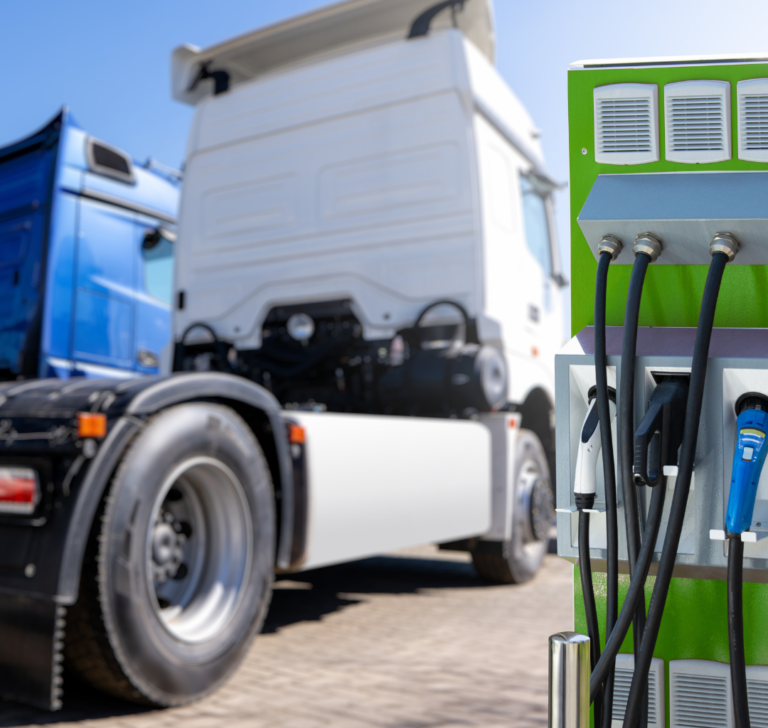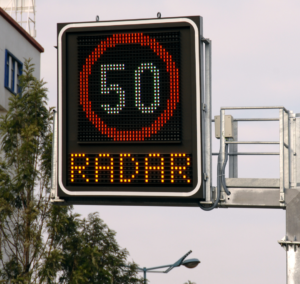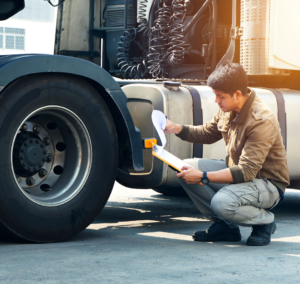The University of Michigan study indicates that the combination of automation and electrification can dramatically reduce greenhouse gas emissions
The University of Michigan has published a new study, which concludes that the automation and electrification of long-haul road transport could reduce urban health and environmental damage. Released on April 22, the study finds that air pollution and greenhouse gas damage could be reduced by 13% on routes under 300 miles due to electrification, equivalent to $587 million annually. On routes over 300 miles, electrifying urban segments, facilitated by highway driving automation, could reduce damage by 35%, equivalent to $220 million annually.
Parth Vaishnav, lead author of the study and associate professor at the School for Environment and Sustainability at the University of Michigan, states that this study is the first to analyze a realistic model of automation and electrification to assess their environmental benefits.

How automation and electrification can reduce the health and environmental impact of road transport
Vaishnav discusses how electrification and automation of road transport are advancing separately in some parts of the US. He notes that despite the challenges of electrifying very long routes, it’s feasible to build electric trucks that can travel up to 300 miles. On the other hand, automation is more viable on interstate highways than in urban areas.
To address these limitations, the study proposes combining the best of both worlds: electrifying all routes under 300 miles and, for longer routes, electrifying the segments that pass through cities while retaining human drivers. This strategy would contribute to reducing air pollution in urban areas, with significant benefits for the environment and health. According to the study, each year, around $500 million in health and environmental damage would be avoided.
Vaishnav emphasizes the need for batteries as small as possible to minimize weight and energy consumption while ensuring sufficient capacity to cover routes of different lengths and types. He suggests the necessity of building charging stations and strengthening the electrical grid. Examples include dividing long-distance routes into interstate and urban segments, where trucks could switch trailers from electric to diesel before entering or leaving the interstate.

Conclusions and limitations
The University of Michigan study indicates that the combination of automation and electrification can dramatically reduce greenhouse gas emissions compared to diesel automation. These benefits outweigh the damage caused by short-lived pollutant emissions, especially in Texas, Florida, and California, where the Port of Los Angeles generates a significant amount of truck traffic. Given California’s Clean Truck Program and its mandate for all heavy trucks operating in the state to be zero-emission by 2042, the benefits would be greater in this state.
Fully electrifying routes under 300 miles offers much greater benefits than electrifying urban segments of shorter routes since these routes represent the majority of freight transport in the United States. Additionally, adjusting the size of a truck’s battery to its mission has limited environmental and health benefits, especially on routes under 300 miles, which are responsible for most of the damage.

State legislations review on speed cameras and red light cameras
States continue to review regulations regarding speed cameras and red light cameras State legislators nationwide continue to review regulations regarding speed cameras and red light

Mothers and truckers: the challenges of being a mother on the road
The biggest challenge lies in the need to care for and provide for the children at the same time Long hours of work, complete dedication,

The deadly consequences of not wearing seatbelts among truck drivers
Seven out of ten truck drivers involved in fatal accidents were not wearing seatbelts During an annual research forum, the FMCSA presented the latest data

Drivers could face license suspension if RTD process is not completed
163,318 holders of CDL and CLP licenses are registered as “prohibited” The latest FMCSA report reveals that 163,318 holders of CDL and CLP licenses are

International Roadcheck: what you need to know about DOT Week 2024
From Tuesday, May 14 to Thursday, May 16, 2024, the International Commercial Vehicle Safety Alliance’s DOT Week 2024 will be held at the International DOT

Marijuana reclassification: implications for CDL drivers and public safety
It seeks to reclassify marijuana from Schedule I to Schedule III, how does this affect shippers? The Biden Administration seeks to reclassify marijuana from Schedule
